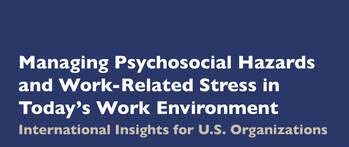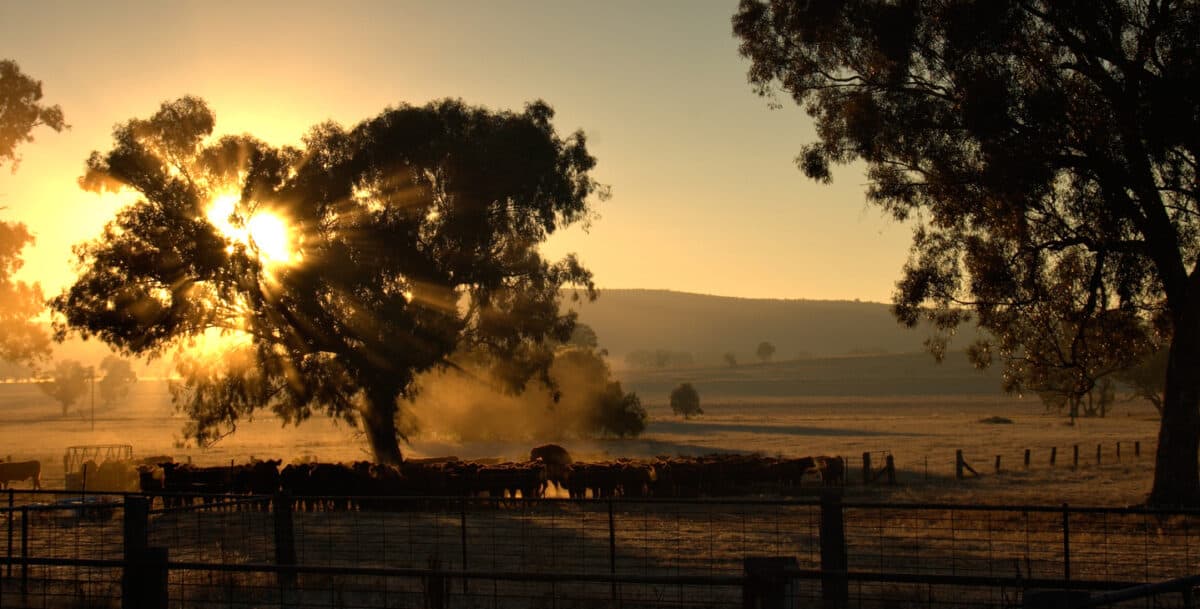Possible replacements for Safe Work Method Statements
Could improving the situational awareness of workers replace Safe Work Method Statements? Many Australian occupational health and safety (OHS) professionals rally against the dominance of Safe Work Method Statements (SWMS). The application of SWMS beyond the legislated high-risk construction work parameters increases the amount of safety clutter and misrepresents OHS as being able to be …


